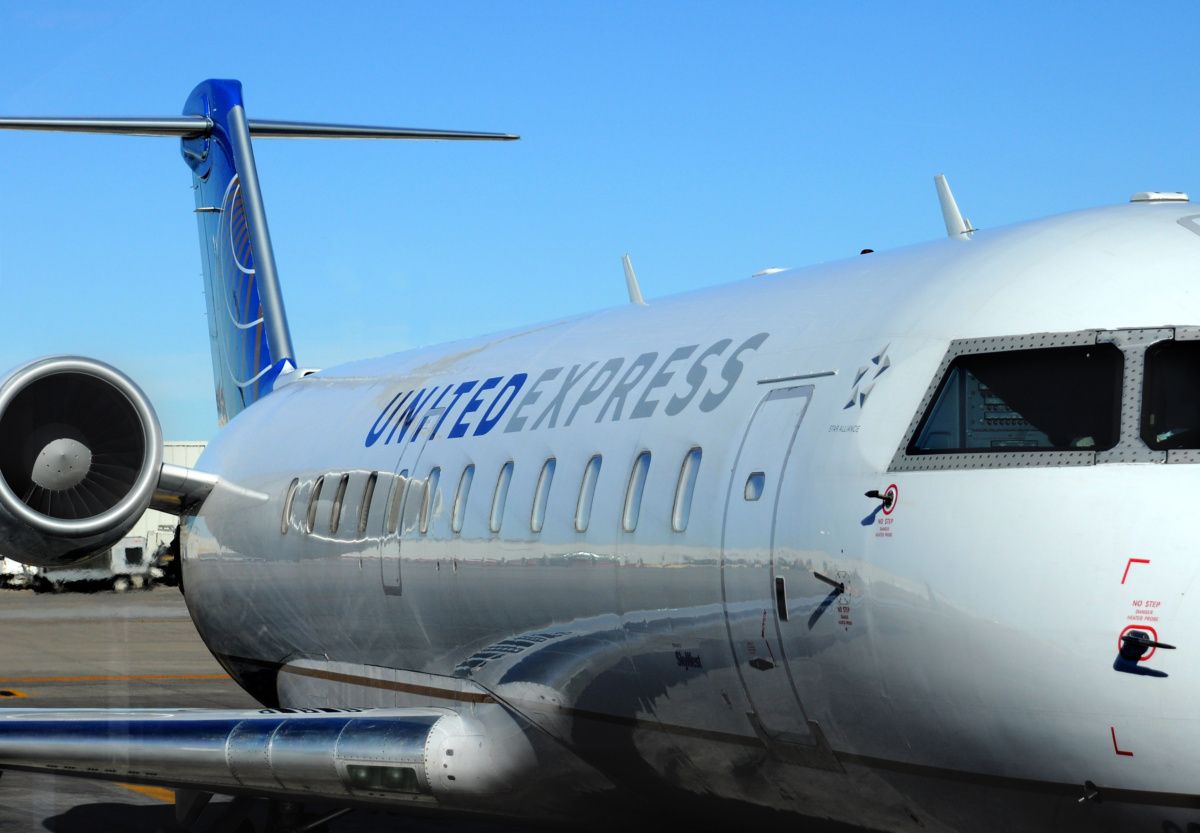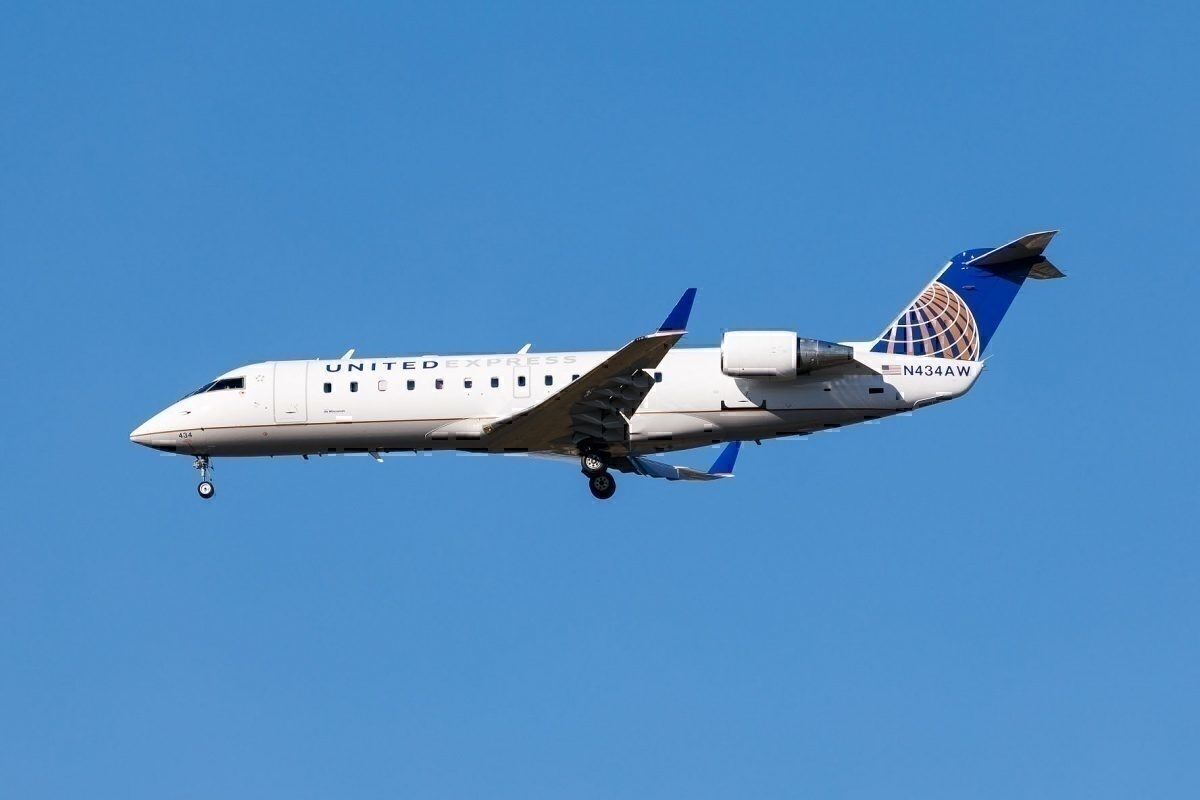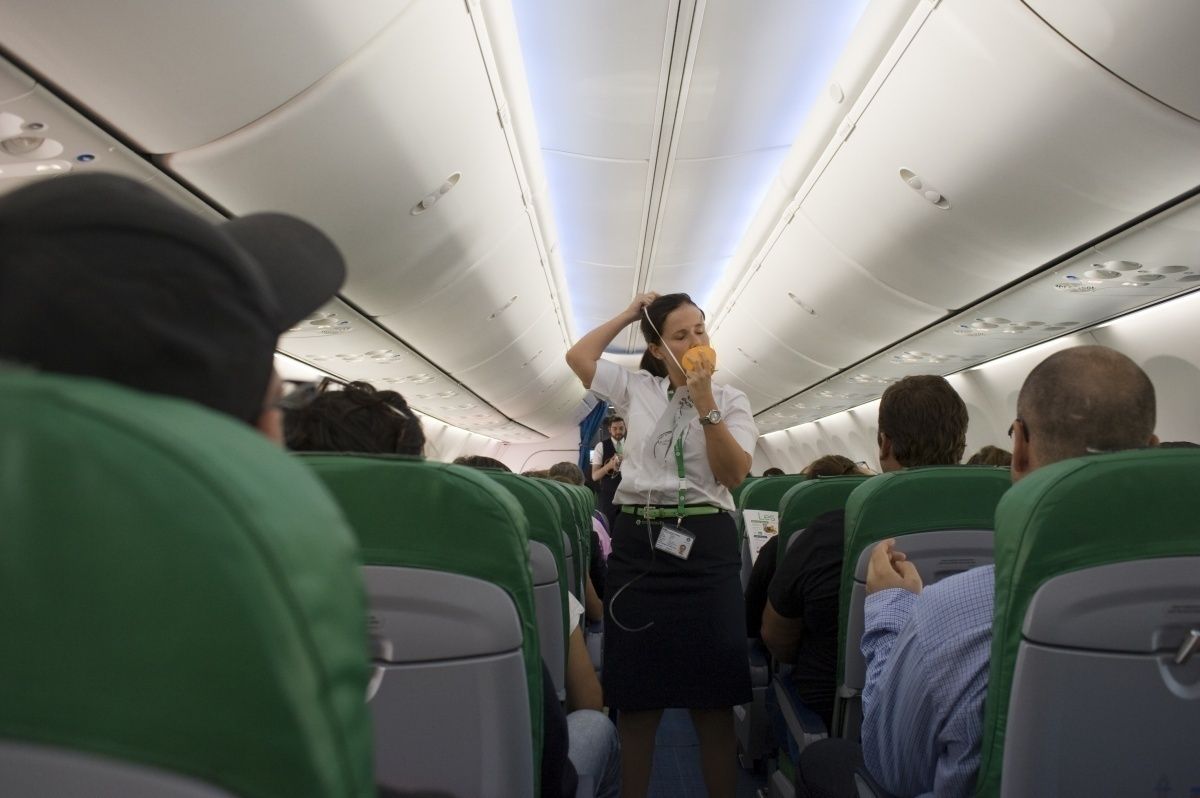On June 26, a Skywest Canadair CRJ-200 operating as United Airlines flight number UA-5071 lost cabin pressure on route to Prescott, Arizona. The 50-seat regional jet, registration number N431SW, was flying from Denver International Airport (DEN) to Prescott Regional Airport (PRC) when the incident occurred.
According to the aviation website The Aviation Herald, while flying at 32,000 feet around 20 nautical miles north of Flagstaff, Arizona, and 61 nautical miles northeast of Prescott, the air traffic control at Albuquerque Center called the aircraft asking it to change radio frequency. After a second call, the pilots responded and were told to descend to 10,000 feet.
Loss of cabin pressure
Shortly after the second call, the crew of flight UA-5071 declared a Mayday telling Albuquerque that they had put on their oxygen masks and were making an emergency descent to 10,000 feet. Albuquerque ATC informed the pilots that they were in an MSA area and provided them with a vector where the descent could be approved.
After leveling off at 10,000 feet, the pilots advised that no further assistance was needed and asked for an RNAV approach to Prescott's runway 21L. When asked by Albuquerque Center, if they had gotten their cabin pressure back, the pilots replied that they had not but were now low enough to fly without oxygen. The aircraft continued its approach, landing safely on Prescott's runway 21L.
The Skywest Canadair CRJ-200 returned to service some 16 hours later, presumably after the cabin pressure issue was solved.
Stay informed: Sign up for our daily aviation news digest.
What is a loss of cabin pressure?
In every pre-flight safety announcement, you hear that if the aircraft should lose cabin pressure, a mask will drop from above your seat. Put the mask over your nose and mouth and breathe normally.
Aircraft cabins are pressurized using air bled from the engines to make the air pressure inside the cabin equivalent to an altitude of 8,000 feet. Boeings 787 Dreamliner goes a step further with its cabin air pressure to able to be kept at the equivalent of 6,000 feet, making it more comfortable for passengers.
Aircraft can lose cabin pressure either suddenly or slowly over time due to different reasons. The leading cause can be a technical problem with the aircraft's pressurization system, an incorrectly sealed door, or a crack in the fuselage or window. Anything that allows the air to escape from the cabin can result in a loss of pressurization.
You have 18 seconds
At a cruising altitude of 40,000 feet, passengers have about 18 seconds to put their oxygen masks on before losing consciousness due to a lack of breathable air. If the cabin pressurization system fails or the aircraft's cabin is breached, pilots are trained to take the plane down to an altitude where it is safe to breathe.
The emergency descent may be a bit scary, but it is just the pilots doing what they have been trained to do in such an event.
Surprisingly the oxygen you breathe through the face mask will only last for around 10 minutes, so the plane must reach 10,000 feet or lower as soon as possible.
Have you ever been on a flight where the oxygen masks were deployed? If so, please let us know what it was like in the comments.



